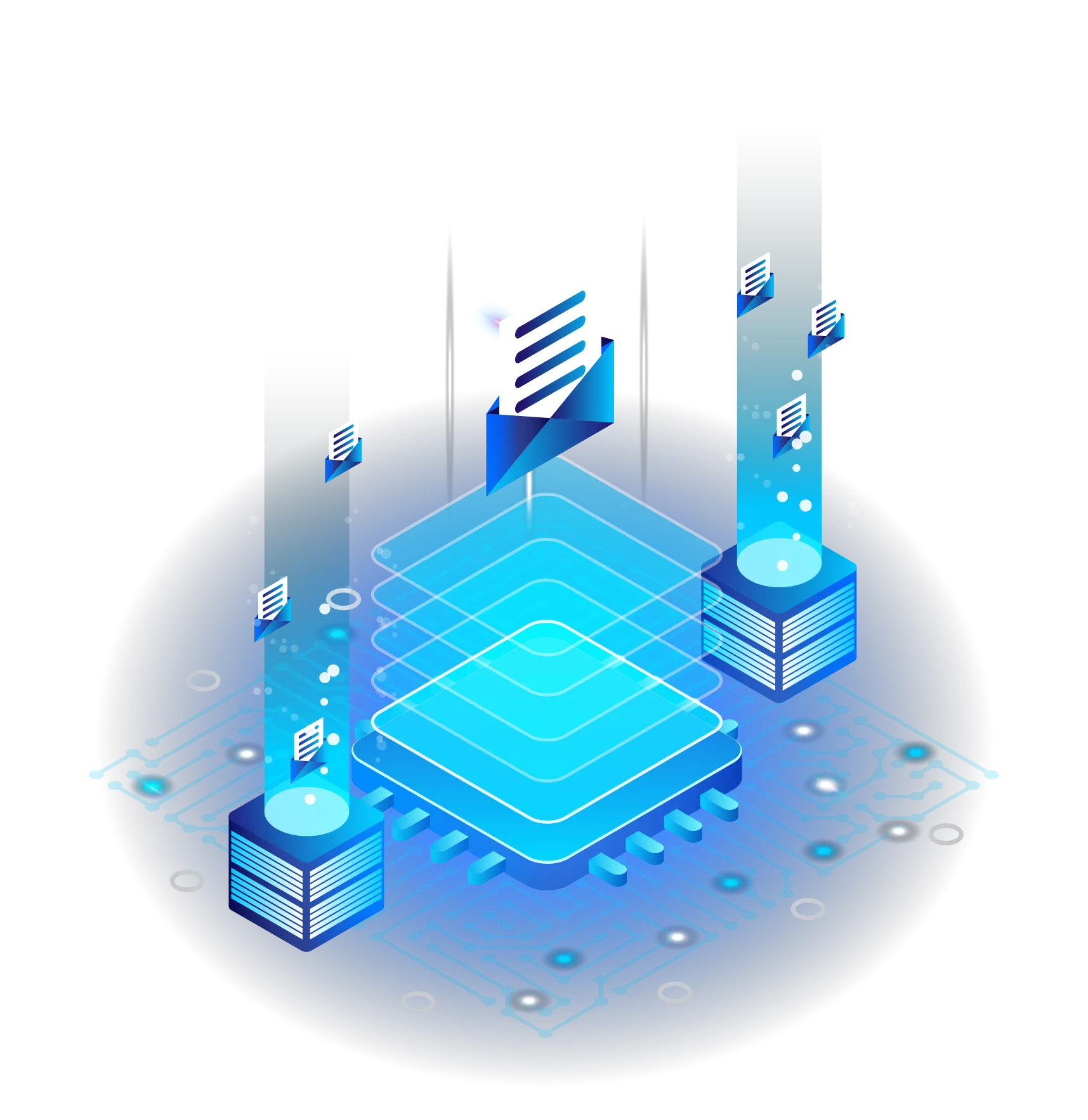AI is changing the landscape of digital marketing by making it more personalized than ever. With the ability to analyze vast amounts of data, AI helps us understand customer preferences and behaviors. This means we can tailor our marketing efforts to meet individual needs, resulting in more effective campaigns and happier customers.
Personalization has always been important in marketing, but AI takes it to the next level. By using machine learning and data analysis, AI can predict what customers want before they even know it themselves. It can recommend products, craft personalized messages, and even determine the best times to reach out to customers. This level of customization makes customers feel valued and increases engagement.
At Truax Marketing Solutions, we are committed to helping small businesses and nonprofits harness the power of AI for personalized marketing. By understanding how to implement AI tools and strategies, you can create marketing campaigns that speak directly to your audience, driving better results and fostering stronger customer relationships.
The Role of AI in Personalized Digital Marketing
AI has become a game-changer in personalized digital marketing. It allows us to analyze large amounts of data quickly and accurately, identifying patterns and trends that would be impossible to see manually. This ability to understand customer preferences enables us to create highly tailored marketing messages that resonate with our audience.
One significant way AI enhances personalization is through predictive analytics. By examining past customer behavior, AI can predict future actions, helping us to anticipate needs and preferences. This means we can send offers and recommendations precisely when our customers are most likely to be interested. Additionally, AI can help segment audiences more effectively, ensuring that each group receives content that is most relevant to them.
Moreover, AI-powered chatbots and virtual assistants provide personalized customer interactions in real-time. They can handle customer queries, recommend products, and even complete transactions, all while learning and adapting to individual customer preferences. This level of interaction builds stronger relationships and encourages more meaningful engagement with our brand.
Key AI Tools to Enhance Personalization in 2024
Several AI tools are pivotal for enhancing personalization in digital marketing campaigns. Here are some key AI tools that businesses should consider in 2024:
1. Customer Data Platforms (CDPs): CDPs gather and unify customer data from multiple sources, creating comprehensive customer profiles. This helps in crafting personalized marketing messages that are consistent across all channels.
2. Predictive Analytics Tools: Tools like IBM Watson and Salesforce Einstein use predictive analytics to forecast customer behavior. By understanding what customers are likely to do next, we can make informed decisions about marketing strategies.
3. AI-Powered Chatbots: Chatbots like Drift and Intercom provide automated, yet personalized, customer service. They can handle inquiries, suggest products, and complete transactions, enhancing customer satisfaction and engagement.
4. Personalization Engines: Solutions like Dynamic Yield and Persado analyze customer data to personalize website content, emails, and advertisements. They ensure that each customer receives the most relevant and engaging content.
5. Email Marketing Automation Tools: Platforms like Mailchimp and ActiveCampaign use AI to personalize email campaigns. They analyze customer interactions to send targeted emails at the optimal times, improving open and conversion rates.
By integrating these AI tools into our digital marketing strategies, we can ensure a more personalized and effective approach, leading to better customer relationships and higher engagement rates.
Steps to Implement AI for Tailored Marketing Campaigns
Implementing AI for tailored marketing campaigns can be straightforward if you follow these steps:
1. Identify Your Goals: Before integrating AI, it’s crucial to identify what you want to achieve. Whether it’s increasing customer engagement, improving conversion rates, or enhancing personalization, setting clear objectives will guide your AI strategy.
2. Choose the Right AI Tools: Select AI tools that align with your goals. Consider tools that offer predictive analytics, personalization engines, and AI-powered chatbots. Ensure these tools can integrate with your existing marketing platforms to streamline the process.
3. Collect and Analyze Data: Gather data from various sources, such as customer behavior, purchase history, and interactions. Use AI to analyze this data and gain insights into customer preferences and trends.
4. Create Personalized Content: Utilize the insights gained from data analysis to create personalized content. This could be targeted emails, personalized product recommendations, or tailored advertisements that resonate with individual customers.
5. Automate Campaigns: Use AI to automate your marketing campaigns. Schedule personalized emails to be sent at optimal times, deploy chatbots to handle customer inquiries, and adjust ad placements based on real-time insights.
6. Monitor and Adjust: Continuously monitor the performance of your AI-driven campaigns. Use analytics to track key metrics and make necessary adjustments to optimize results. This iterative process ensures that your campaigns remain effective and relevant.
Measuring Success: Evaluating the Impact of AI-Driven Personalization
Evaluating the success of AI-driven personalization is essential to understand its impact and make necessary improvements. Here’s how you can measure it:
1. Track Key Metrics: Identify key performance indicators (KPIs) that align with your goals. These could include conversion rates, engagement rates, customer retention, and lifetime value. Tracking these metrics will provide a clear picture of your campaign’s performance.
2. Customer Feedback: Collect feedback from customers to gauge their satisfaction with personalized experiences. Surveys, reviews, and social media interactions can provide valuable insights into how customers perceive your tailored marketing efforts.
3. A/B Testing: Conduct A/B tests to compare the performance of AI-driven personalized campaigns against traditional marketing efforts. This will help you determine the effectiveness of AI in enhancing personalization.
4. Analyze Customer Behavior: Use AI tools to analyze changes in customer behavior over time. Look for patterns that indicate increased engagement, such as higher click-through rates, longer website visits, and increased repeat purchases.
5. Return on Investment (ROI): Calculate the ROI of your AI-driven campaigns by comparing the costs of implementing AI tools and the revenue generated from personalized marketing efforts. A positive ROI indicates that your investments in AI are paying off.
Conclusion
AI is revolutionizing personalized digital marketing by making it more efficient and effective. By following the steps to implement AI tools and continuously measuring success, we can create marketing campaigns that resonate with our audience and drive significant results. AI allows us to understand our customers better and engage with them in ways that feel personal and relevant.
At Truax Marketing Solutions, we are dedicated to helping small businesses and nonprofits achieve digital glory with AI-driven strategies. If you’re ready to harness the power of AI for your personalized marketing campaigns, visit Truax Marketing Solutions and discover how our boutique digital marketing services can be of great help in achieving your goals and transforming your marketing efforts.

